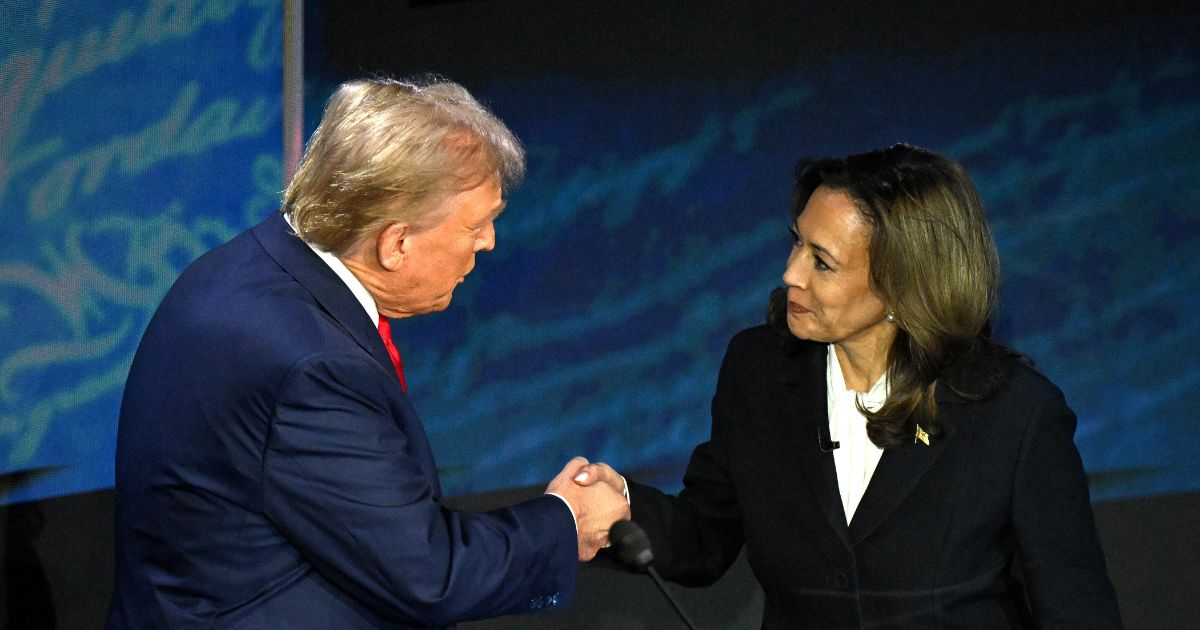Canada plays into Trump’s hands with plan to fight border crossings
The article discusses Canada’s new Border Plan, which aims to enhance security and address issues related to transnational crime, especially concerning illegal border crossings. Canadian officials have proposed the establishment of a North American Joint Strike Force in collaboration with the United States to combat organized crime. Public Safety Minister Dominic LeBlanc and Foreign Affairs Minister Melanie Joly outlined the plan in a recent conversation with U.S. border officials.
The Border Plan is built upon five key pillars including detecting and disrupting the fentanyl trade,enhancing law enforcement tools,increasing operational coordination,improving details sharing,and reducing unnecessary border traffic. Central to the plan is the joint strike force, designed to foster better cooperation between Canadian and U.S. authorities, facilitate effective intelligence sharing, and strengthen actions against criminal groups engaged in illegal migration.
The Royal Canadian Mounted Police (RCMP) emphasized that these initiatives would bolster border security in coordination with U.S.partners and enhance the capabilities of law enforcement to address emerging challenges related to illegal crossings.
Canada plays into Trump’s hands with plan to fight border crossings
Canadian officials proposed the creation of a joint Canadian-United States police force to help fight transnational crime.
In a press release, as part of its new Border Plan, Ottawa announced that it would propose to the U.S. the creation of a “North American Joint Strike Force to target transnational organized crime.” Public Safety Minister Dominic LeBlanc and Foreign Affairs Minister Melanie Joly reportedly presented the details of the plan to incoming border czar Tom Homan in a Monday phone call, according to Politico.
The Canadian Cabinet released its Canada Border Plan, resting on five pillars: detecting and disrupting the fentanyl trade, introducing significant new tools for law enforcement, enhancing operational coordination, increasing information sharing, and minimizing unnecessary border volumes.
The creation of the joint strike force was unveiled under the enhancing operational coordination pillar, listing it as part of wider efforts to boost coordination.
“Increased information sharing between Canadian and United States (U.S.) officials on each illegal border interception enables officials to target and take stronger action against those who abuse our system, allowing for enhanced intelligence sharing in real time, monitoring of illegal migration trends and hot spots, improved operational interoperability, proactive resource planning and deployment, and ultimately, the targeting and disruption of organized crime groups facilitating illegal border crossings,” said the press release.
“The proposed investments will help the RCMP keep our borders strong, in full collaboration with our domestic partners across government and with our partners in the U.S.,” said Royal Canadian Mounted Police Commissioner Mike Duheme. “These investments build on existing measures through new dedicated tools for law enforcement and expanding our capacity for aerial surveillance. We look forward to seeing the operational impact of these new investments and to sharing more details as soon as they are available.”
LeBlanc addressed the possible influence of President-elect Donald Trump on the plan.
“It’s an important step to show Canadians and our American partners that we share their concern around border security and border integrity. We have taken note of President Trump’s comments,” he said, according to Politico. He added that there’s “a lot of work to do.”
Canada has experienced a sea change in its approach to matters of immigration and relations with the U.S. in recent months, largely driven by Prime Minister Justin Trudeau’s recent plummeting in the polls.
The U.S.’s northern neighbor has liberal immigration policies, with 1 in 5 Canadians being born abroad. The ruling Liberal Party has overseen one of the largest migration waves in the country’s history, which it argues is necessary to stay economically competitive in the modern world. The majority of Canada’s immigrants are admitted to the country under “economic pathways,” meaning they have some skill or education level that provides an economic benefit to the country.
This argument was undercut by an inability to properly recover after the COVID-19 pandemic. Anger over the economic system and a massive wave of immigration has caused the Liberal Party to plummet in the polls, setting the Conservatives up for a likely victory in late 2025.
Canada has welcomed 3 million new migrants since the COVID-19 pandemic, shooting the population up from 38 million to 41 million people in just a few years. This growth saw housing costs rise, breeding popular discontent.
In October, Trudeau suddenly announced a major reduction in new immigration. The new plan, put forward by Immigration Minister Marc Miller, called for a 20% reduction in permanent residents in 2025, then continued to drop by roughly 4% annually through 2027. From 2024 to 2025, the total planned number of immigrants will be reduced from 500,000 to 395,000.
The number of nonpermanent residents faces its first-ever limit, declining the expected number by hundreds of thousands.
Trudeau even adopted some of Trump’s rhetoric in pitching the change, saying corporations were hiring immigrants “while refusing to hire Canadians for a fair wage.”
Trudeau traveled to Mar-a-Lago to speak with Trump last week after the president-elect threatened a 25% tariff on Canadian goods if it didn’t stop migrants from coming to the U.S.
" Conservative News Daily does not always share or support the views and opinions expressed here; they are just those of the writer."




